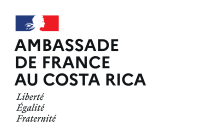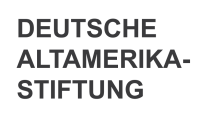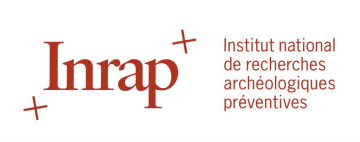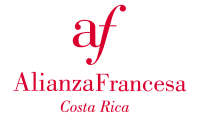Research
The Guanacaste Archaeological Project (PRAG) is a Franco-German-Costa Rican initiative that, for five years, has studied 74 archaeological sites within a section of the Guanacaste Volcanic Mountain Range. Its main objective has been to investigate, reposition, and record these locations in an effort to learn as much as possible about who, when, how, and why they were created.
Of the 74 sites studied, 27 were registered for the first time by the group of researchers in charge (PRAG). In sum, taking on account this project findings, there are 104 sites with rock art in the province of Guanacaste (with the exception of the Nicoya Peninsula).
The Project has been led by representatives of the Museums of the Central Bank of Costa Rica, the French Center for Mexican and Central American Studies (CEMCA), and the Department of Ancient American Cultures of the University of Bonn.

Researchers
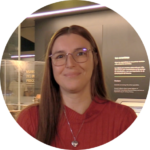
Priscilla Molina
Priscilla Molina holds a licentiate degree in anthropology with an emphasis in archaeology from the University of Costa Rica and is pursuing a master's degree in history at the same university. She began her work at the Museums of the Central Bank as collections manager and is currently a curator and researcher in the area of archeology at this institution. She is also a specialist in cultural heritage, preventive conservation of collections, archaeological ceramics, and metallurgy. She has worked on projects related to heritage dissemination, museums, and cultural tourism, as well as in research related to the symbolism of representations in objects, zooarchaeology, rock art in the Guanacaste Mountain Range, pre-Columbian music, and indigenous material and immaterial heritage.

Philippe Costa
Philippe Costa is an archaeologist specializing in rock art in Central America and a researcher associated with the Center for Mexican and Central American Studies (CEMCA) since 2003. His PhD thesis, carried out in 2017 at the University of Paris 1 (Panthéon-Sorbonne), concerns the rock art traditions of El Salvador. At the same time, he graduated in 2010 from the master’s degree in restoration of monuments at the Faculty of Architecture of the University of San Carlos de Guatemala, applying to a rock site. He has had the opportunity to carry out archaeological studies and conservation diagnostics in Guatemala, El Salvador, Honduras, and Nicaragua. Currently, within a French-German-Costa Rican cooperation, he co-directs the Guanacaste Archaeological Project.

Martin Künne
Dr. Martin Künne studied archaeology, ethnology, and history at the Free University of Berlin, the University of Leipzig, and the University of Rostock. He received his doctorate at the Free University with a study on rock art sites in Costa Rica and Panama. Between 2002 and 2006, he was a scientific employee of the Ethnological Museum Berlin, where he examined the archaeological collection of Walter Lehmann. Dr. Künne is the editor and author of several publications on the indigenous cultures of Central America and their documentary history. Supported by the DAAD, he gave several conferences and lectures at universities in Panama, Nicaragua, and Costa Rica. In Germany, Dr. Künne has been teaching at a Berlin high school since 2009.
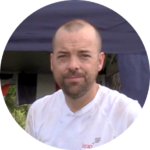
Eric Gelliot
Máster en Arqueología de la Universidad de Paris 1 (Panthéon-Sorbonne). Comenzó a trabajar desde 2003 en el Instituto Nacional de Investigaciones Arqueológicas de Rescate (INRAP por su sigla en francés) donde realiza trabajos de topografía y fotogrametría. A la vez, es especialista del periodo del contacto en Honduras donde llevó a cabo su tesis de Maestría. Pudo trabajar en proyectos en relación con la arqueología prehispánica en Guatemala, Salvador, Honduras y Costa Rica.
Scope of the investigation
The studies involved the use of diverse research techniques, such as: planimetry with drones, aerial photographs, surveys, excavations, correlations with cultural layers, analysis of the techniques and tools applied, pigment research, radiocarbon dating, photogrammetric documentation, 3D modeling, scale drawings and development of iconographic atlases, among others. Future research could broaden the scope of the PRAG because only a delimited area was studied, and it is necessary to analyze in depth each of the sites in their specificity (especially the Pedregal and Altamira Lagoon sites).
Purchase publications
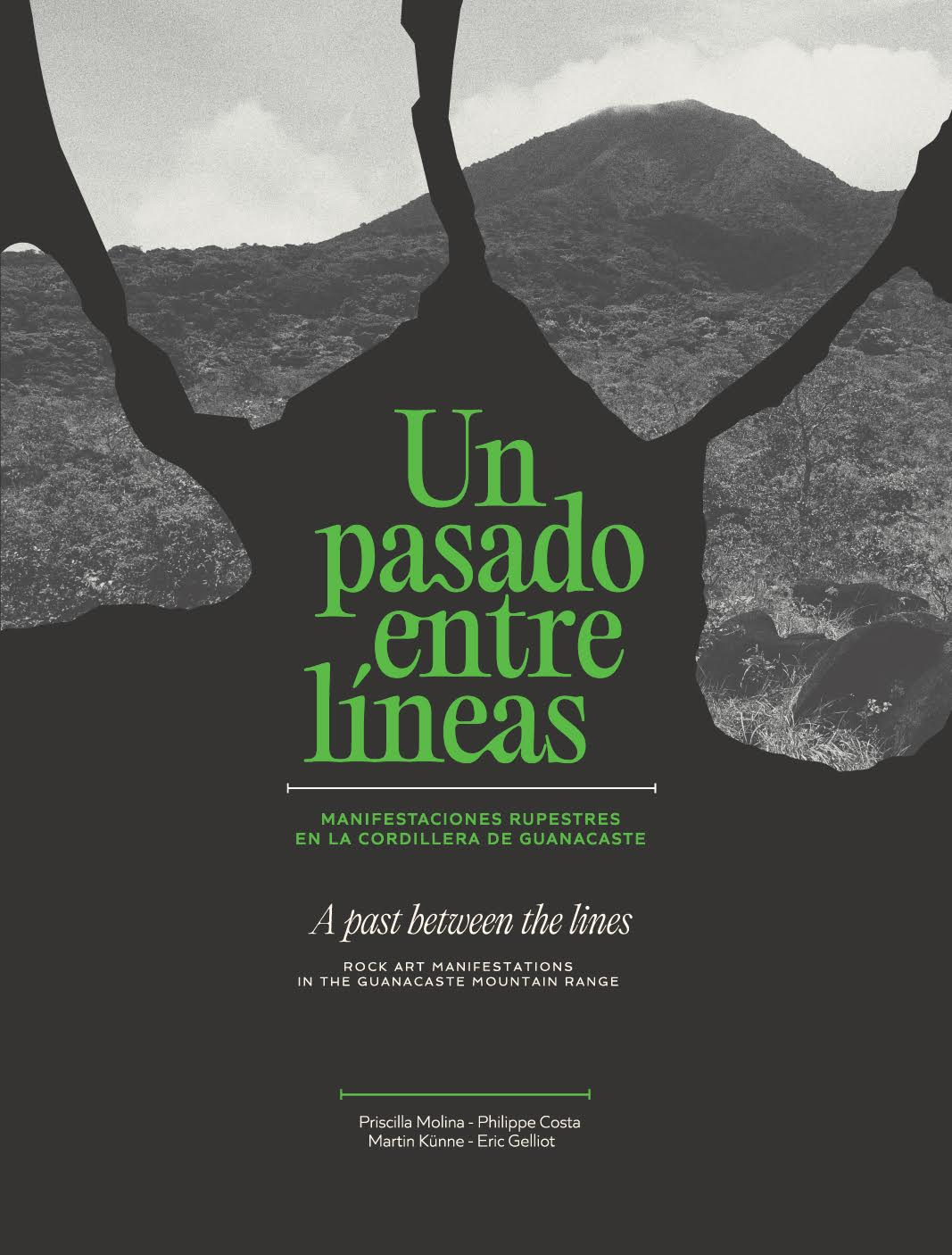
Un pasado entre líneas: manifestaciones rupestres en la Cordillera Volcánica de Guanacaste
For pre-Columbian peoples, the effort of engraving, carving, and transforming rock had to do with the desire to leave a permanent record that would last over time. This method of leaving an imprint is evidence of the intimate connection that Indigenous peoples had with nature and its resources. Rock art is not only part of Costa Rica's cultural heritage but can also be understood as a regional facet of a global memory that we must preserve for future generations.
Buy it at the Museum of BCCR Store. Located under the Plaza de la Cultura, San José, Costa Rica. For orders and shipments contact us: [email protected] / (506) 22434217

